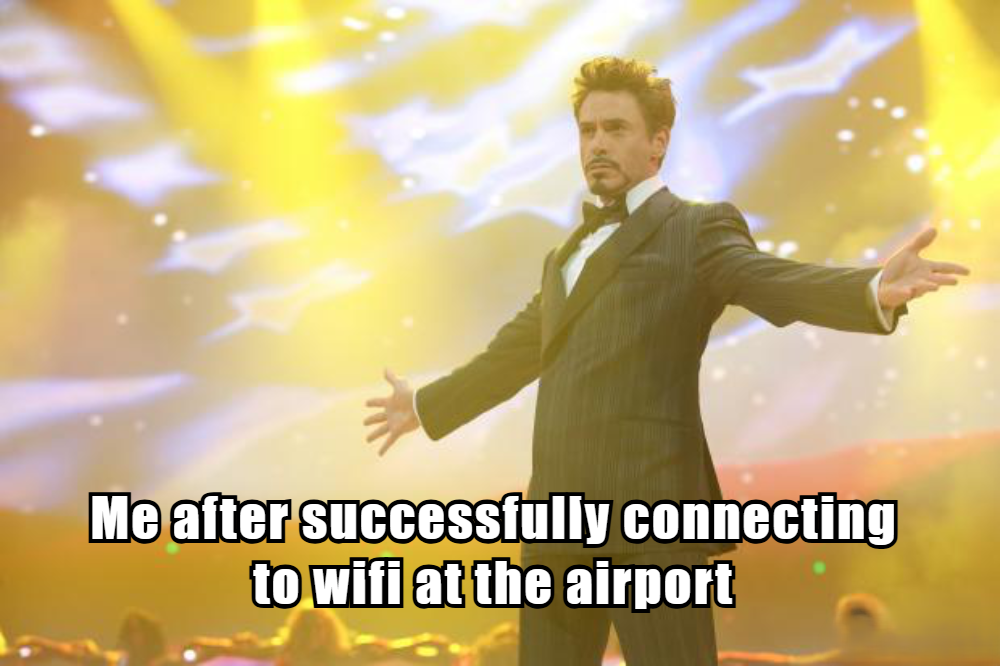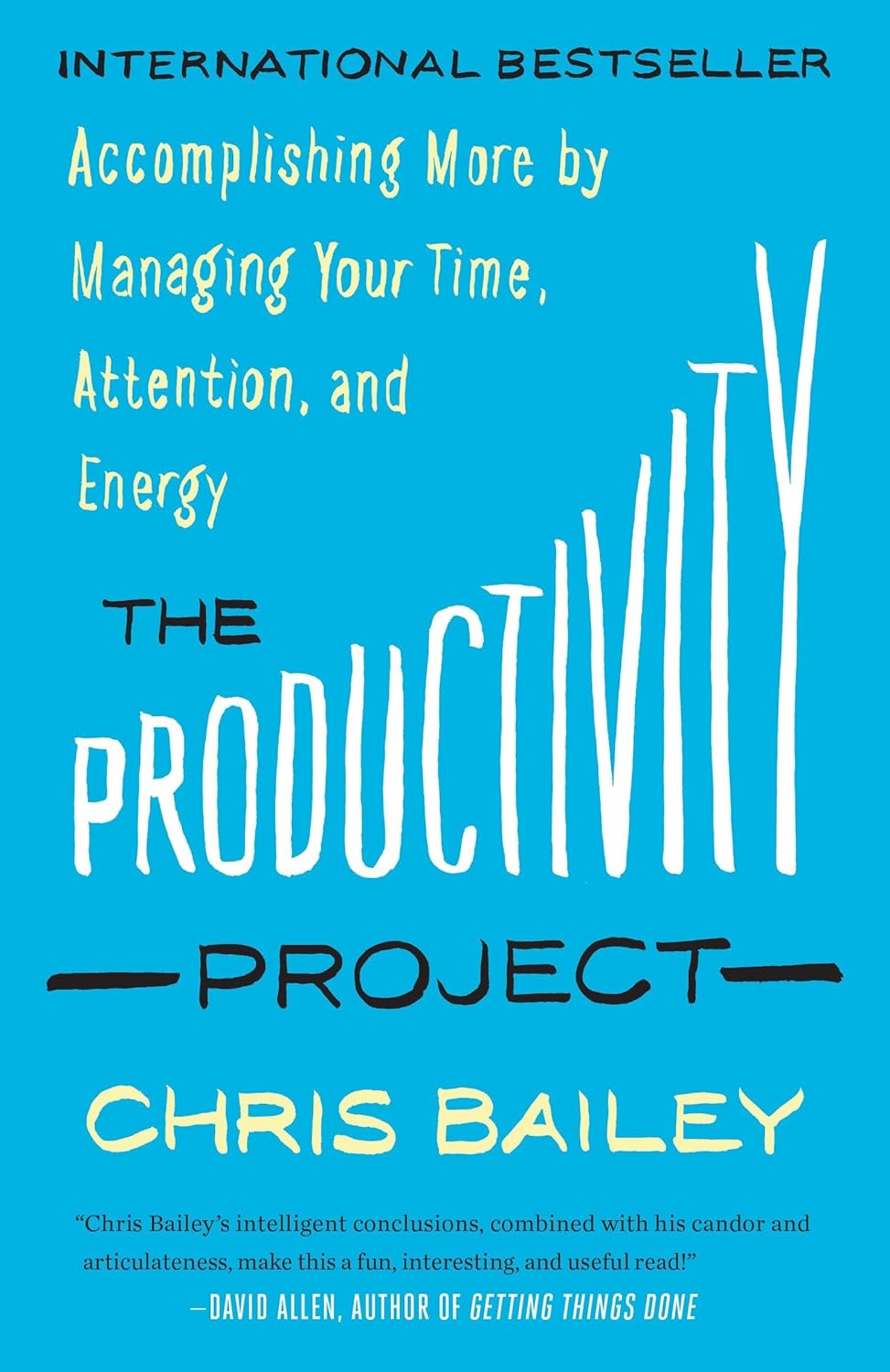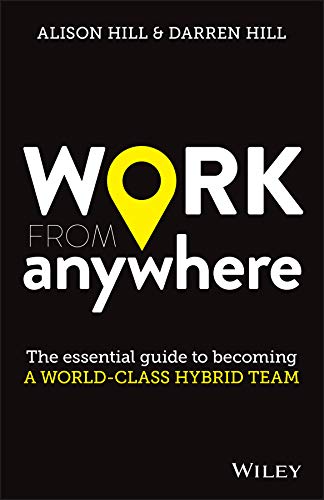One of the main challenges of remote work is how to maintain responsibility and accountability within a team without face-to-face interaction. In this article, we'll examine key strategies for managing remote teams where a culture of accountability becomes a natural s
How to stay productive while traveling
Travel no longer means taking a break from work — in fact, it can be a powerful source of inspiration and productivity. This article explores how to stay organised and efficient while on the move, all while enjoying the journey. From smart planning to self-discipline and digital tools, we’ll cover everything you need to know.
Key takeaways
Staying productive on the go starts with clear task planning and time zone awareness
A focused workspace can be created anywhere — it’s about structure, not location
Maintaining a healthy balance between work and rest is essential for energy and creativity
Smart Planning
Travelling isn’t an excuse to lose control of your work — in fact, productivity begins long before you board a plane or hop on a train. The golden rule is to map out your tasks in advance, taking into account the length of your trip, your workload and any time spent in transit. A “let’s see how it goes” approach often leads to missed deadlines and unnecessary stress.
- Use priority-based planning to stay on top of your workload. The Eisenhower Matrix is a useful tool to separate what’s urgent from what’s truly important. Focus on what you need to handle personally, and delegate the rest. You can also try the 1-3-5 rule: plan one major task, three medium ones and five small ones for the day. This keeps your to-do list manageable and your mind clear.
- Prepare your projects for offline work — download essential files, set up shared folder access and aim to hit key deadlines before you leave. This is especially helpful when you’re dealing with patchy internet or long journeys.
- Build a task roadmap for the week (or your entire trip). Break it down day by day, noting any travel days and setting aside blocks of time for deep focus.
- Don’t overlook time zone differences. If you’re working with clients or a remote team, sync your schedules: define your working hours and let your colleagues know. Factoring in time zones can save you from awkward misunderstandings — or midnight calls.
Equipment and Workspace
Working effectively on the road takes more than just a laptop — it requires a well-organised environment, even if it's just a café corner or an airport seat. The goal is to train your brain to recognise the space as a place for focused work.

- Start with the essentials. Prioritise a reliable laptop, a power bank, universal chargers, adapters and portable Wi-Fi. A well-packed backpack with everything in its place can save time and reduce the frustration of digging around for a cable or mouse.
- Lighting and ergonomics matter more than you think. Choose spots with natural light when possible, adjust your seating height and screen angle, and use noise-cancelling headphones. Even moderate background noise can halve your concentration.
- If your usual setting isn’t cutting it, try coworking spaces or quiet cafés. These are great alternatives to hotel rooms or noisy lobbies — especially when you need stable internet, silence and room to focus for extended periods.
- And don’t underestimate the power of micro-order. A clear surface, minimal clutter and a consistent setup ritual — unfolding your laptop and laying out your notebook, for instance — can switch your brain into work mode, no matter where you are in the world.
Self-Discipline
Changing environments, noise and constant interruptions are the biggest threats to staying focused while travelling. Without the right strategies, it’s easy to lose the thread of your work.
- Try the “Single Window” method — focus on one task at a time without bouncing between tabs or checking notifications. Shut down distractions and feel your productivity rise.
- Develop entry rituals that help you get into a working mindset. It could be a cup of coffee, five minutes of deep breathing or a set sequence of actions before you start. These small habits help anchor your attention.
- Use time-blocking to structure your day:
1. Mornings are ideal for deep, creative work
2. Evenings suit admin and replying to emails
This rhythm helps avoid burnout and maintains your mental clarity.
- Finally, reduce digital noise. Limit your use of social media and messaging apps, switch on Do Not Disturb mode, and use focus tools to protect your mental bandwidth.
Digital Tools
When you’re on the road, the right apps can keep your workflow organised and your task list under control. Digital task managers let you plan your day, set priorities and track progress from anywhere. Among the many options, Taskee.pro stands out: it’s built for people who work on the move. The platform tidies up your task list, sends automatic deadline reminders and visualises priorities at a glance. With calendar integration and real‑time collaboration features, Taskee.pro makes it effortless to stay in sync with your team and keep projects on track.
Key benefits of Taskee.pro for travellers:
- Intuitive task planning and prioritisation
- Automatic reminders for critical deadlines
- Calendar sync to align working hours
- Shared workspace with live status updates
- Easy access from any device, even mid‑journey
With Taskee.pro you can be confident nothing slips through the cracks and your plan is always at hand. It’s free, ad‑free and works quietly in the background as a powerful motivator and disciplinarian.
Knowing When to Switch Off
True productivity hinges on a healthy balance between work and downtime — something that matters even more when you’re travelling. Rest isn’t a luxury; it’s how you restore energy, boost creativity and sustain performance. Set clear boundaries: mute work notifications outside your stated hours and schedule proper breaks for walks and local exploring.
A digital detox cuts information overload — log off social media and messaging apps so you can be present and enjoy your surroundings. You’ll return to work refreshed, more focused and far more enthusiastic.
Interesting fact 
Theodore Roosevelt, the 26th President of the United States, was a strong advocate of “productive travel.” He wrote several books on nature and politics during his expeditions — including his famous journey through the Amazon in 1913–1914, where he managed to keep journals and draft manuscripts even in the heart of the wilderness.
Related articles:
Want to learn how to balance work with your passions? Read How to balance work and hobbies: Tips for a more fulfilling life.
Looking to boost team motivation? Explore Positive reinforcement in task management to boost team productivity.
To strengthen your team’s connection and collaboration, check out Build a strong remote work culture.
Conclusion
Being productive while travelling isn’t about pushing yourself to the limit — it’s about being intentional. With smart planning, a functional workspace, and clear boundaries between work and rest, you can achieve more and still enjoy every step of the journey.
Recommended reading 

“The Productivity Project”
An experiment-based book full of actionable insights on how to work smarter, not harder — wherever you are.
On Amazon
“Make Time: How to Focus on What Matters Every Day”
A practical framework for making space in your day for what really matters, even when you're busy or on the move.
On Amazon
“Work From Anywhere”
A practical guide to thriving in remote settings, both as an individual and as a part of a distributed team.
On Amazon






